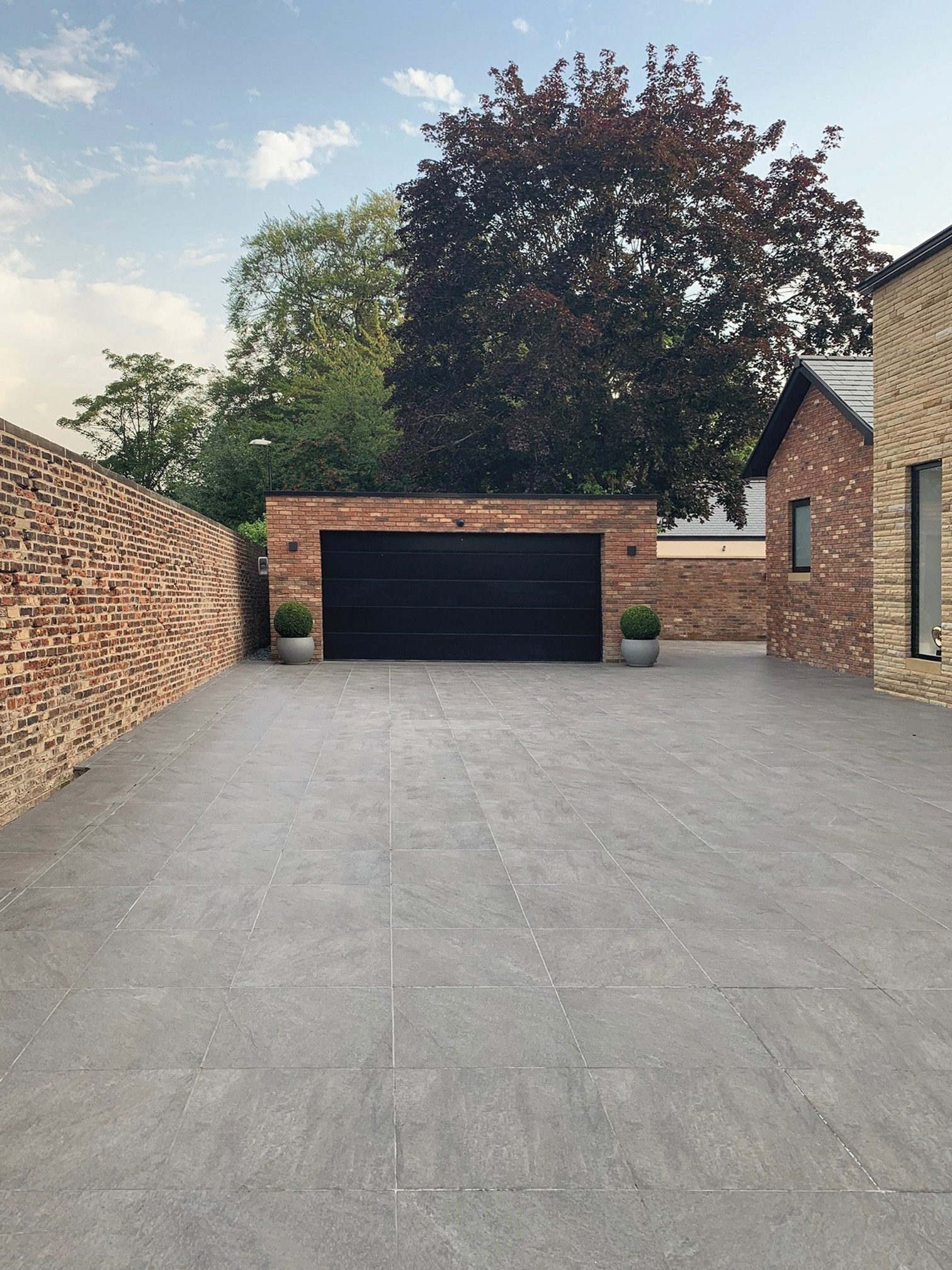
How to Erect a Fence with Concrete Posts and Gravel Boards? Step-by-step Guide
Fencing is a valuable addition to any garden: It offers privacy, protection, and increases the curb appeal of the property. Constructing robust, stylish fencing that matches and complements the building is a dream of every property owner.
Sadly, many don’t know how to approach the project. What fence posts to use? What are the differences between corner and end posts? How to slot in a fence panel? There are hundreds of questions homeowners have with few resources available to get them started.
This blog post will be different! It’s your complete guide to designing and constructing fencing with concrete posts and gravel boards from A to Z. From their advantages to how to erect the fencing, it has everything you need to know!
Why Choose Concrete Fence Posts and Gravel Boards?
Both concrete fence posts and gravel boards are increasingly used in home and garden fencing because they provide several advantages when compared to traditional timber.
Benefits of a Concrete Fence Post
- Durability: Concrete fence posts are highly durable and resistant to severe weather conditions, holding the entire fence together extremely well, making the construction durable and long-lasting.
- Cost: Concrete posts are highly affordable and can help homeowners design and construct the fence of their dreams with a minimal budget.
- Ease of Installation: Installing concrete fence posts is simple. The posts are easy to handle and the fence panels simply slot in, making the process an excellent DIY project!
Benefits of a Gravel Board
- Resistance to Moisture: Gravel boards provide a solid base for your fence that protects it from direct contact with the ground. This prevents moisture damage, provides resistance to fungi, and ensures the fence panels are secure.
- Increased Privacy: gravel boards, especially alongside concrete posts, ensure there are no gaps or cracks in the fencing, providing privacy in your homes and gardens.
Steps to Erect a Fence with Concrete Posts and Gravel Boards
1. Dig Holes for the Concrete Fence Posts
After designing the fencing and identifying and pinpointing where the posts and panels will be installed, securing the fence posts is the first order of business. This starts with digging post holes, which ideally will be at least 2 feet deep and 3 times the width of the concrete posts.
The final design, height, and reliability of the fence will depend on the width, depth and location of these post holes, so you need to be very careful about their placement.
2. Install Concrete Fence Posts
After all the holes are ready, it is time to carefully position the concrete fence posts and firmly place them in the ground, making sure that they are straight. You then need to fill the hole with a concrete/cement mix you’ve prepared beforehand. After the cement solidifies in about a day, you’ll be ready to move on to placing the concrete gravel boards and fence panels.
Important: When using post mix, you need to act quick, as it begins to set after only 5-10 minutes but achieves full strength after approximately 24h.
Not all concrete fence posts are identical. You must choose the right post type when placing them. Corner posts are for the corners of your fence/home; They help change the direction of your fencing run. Intermediate posts join fence panels together. End posts are where the fence ends – these posts can only accommodate panels from a single side!
3. Slotting in the Gravel Board
Installing concrete gravel boards is relatively simple. You start by ensuring the boards properly fit between the posts. As long as all the measurements have been done correctly, this shouldn’t be an issue. After that, you simply slot them in, and using spirit level ensure they are aligned correctly before putting the fence panels on top.
4. Installing the Fence Panels
Last but not least, it is time to install the fence panels. If all the measurements in the previous steps have been done correctly, panels should simply slot in on top of the gravel boards without any issues. For extra protection, you can consider installing anti-theft brackets on the sides of the panels. And that’s it!